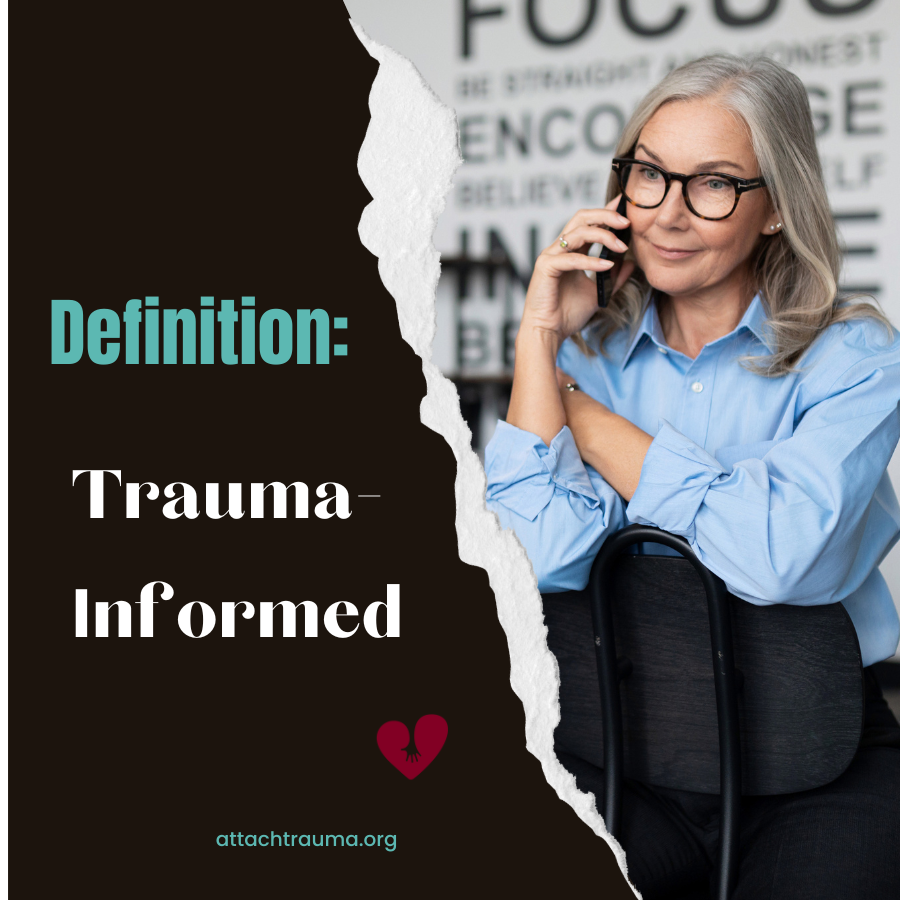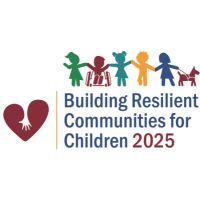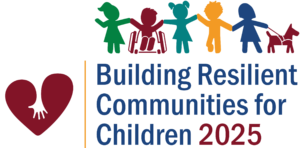
We at the Attachment & Trauma Network (ATN) think it is important to specifically define the terms that are frequently used in the trauma movement. Being a presence in this field since 1995, we have studied and developed the definitions of Trauma-Aware; Trauma-Informed; Trauma-Sensitive and Trauma-Responsive as we use them and believe reflect some important nuances about these terms.
ATN’s Certification Program will be launching in Summer 2024. And as this program grows, will be delineated by these terms.
Trauma-Informed
Becoming Trauma-Informed includes the understanding that individual traumas result from the way the individual experiences the events and the lasting adverse effects on that person’s functioning. The key components to learning about trauma-informed care, regardless of what type of organization or situation you’re going to apply this care to are:
- Realizing the impact of trauma on individuals, families, groups and communities
- Recognizing the signs of trauma
- Having the skills and knowledge to respond using a trauma-informed approach
- Resisting re-traumatization of people, in part because of an expanded understanding of how our relational behaviors, our collective interactions and our organizational systems can either embrace a trauma-informed framework or likely create stressful, toxic environments.
The primary topics covered when becoming trauma-informed include:
- Stress vs. Trauma and the understanding of the role and impact of stress
- Neuroscience, specifically interpersonal neurobiology (the study of how brains relate to each other) and developmental neurobiology (the study of how brains develop in relationship to their environment.)
- The critical role that relationships play in supporting and healing people impacted by trauma and the importance of relationships as protective factors/buffers when people face adversities.
- The science of Resilience – how it is developed, and the important opportunities we have, individually and collectively, to support resilience in the children and people we work with.
Examples of being Trauma-Informed:
- Understanding, on a basic level, that a person’s neurobiology is behind their reactions to triggers. And in that moment their behaviors are a “can’t” not a “won’t” even if they look willfully disobedient or disrespectful.
- Realizing, through the ACEs study, both how prevalent early childhood adversities are and the increased risk factor of long term negative impacts to physical, emotional and social health.
- Recognizing that a person who is not responding in ways expected could be experiencing some internal distress and may be exhibiting behaviors that could be fight-flight-freeze or fawn.


